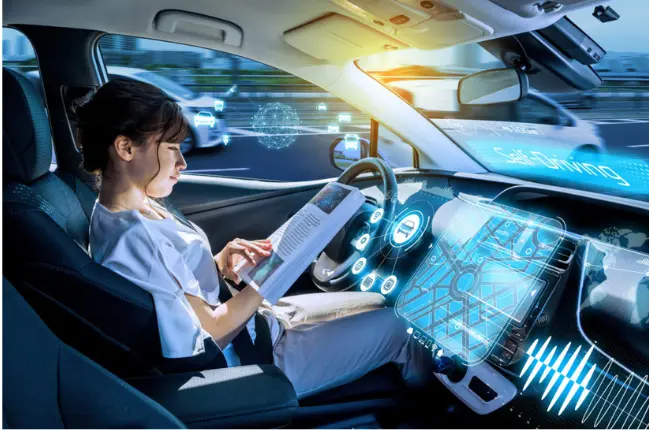In recent years, the automotive industry has witnessed a paradigm shift with the emergence of autonomous vehicles (AVs). These vehicles, equipped with advanced sensors, artificial intelligence (AI), and computing power, have the potential to revolutionize transportation as we know it. In this article, we will explore the intricacies of autonomous vehicles, examining their technology, benefits, challenges, and the future they hold.
Understanding Autonomous Vehicles:
Autonomous vehicles, commonly known as self-driving cars, are vehicles capable of navigating and operating without human intervention. They rely on a combination of sensors such as cameras, radar, lidar, and GPS, coupled with AI algorithms, to perceive their environment and make real-time driving decisions. These decisions encompass tasks like lane-keeping, accelerating, braking, and reacting to traffic signals and obstacles.
Levels of Autonomy:
The Society of Automotive Engineers (SAE) categorizes autonomous vehicles into six levels based on their capability to perform driving tasks autonomously. These levels range from Level 0 (no automation) to Level 5 (full automation), with each level representing increasing degrees of autonomy. Currently, most commercial vehicles on the road are at Levels 1 and 2, where they offer features like adaptive cruise control and lane-keeping assistance. However, significant strides are being made towards achieving higher levels of autonomy.
Technological Components:
Autonomous vehicles rely on a myriad of technologies to function effectively. These include:
Sensors: Cameras, radar, lidar, and ultrasonic sensors enable vehicles to perceive their surroundings by detecting objects, pedestrians, and road signs.
Artificial Intelligence: Advanced AI algorithms process sensor data, interpret complex scenarios, and make driving decisions in real-time.
Connectivity: Vehicle-to-vehicle (V2V) and vehicle-to-infrastructure (V2I) communication systems allow AVs to share information with each other and with the surrounding infrastructure, enhancing safety and efficiency.
Mapping and Localization: High-definition maps combined with precise localization technologies such as GPS and inertial navigation systems enable vehicles to navigate accurately and plan optimal routes.
Benefits of Autonomous Vehicles:
The widespread adoption of autonomous vehicles promises several potential benefits:
Safety: Autonomous vehicles have the potential to significantly reduce traffic accidents caused by human error, which accounts for the majority of road accidents today.
Efficiency: AVs can optimize traffic flow, reduce congestion, and minimize fuel consumption through smoother driving patterns and coordinated communication.
Accessibility: Self-driving technology has the potential to improve mobility for the elderly, disabled, and those without access to traditional transportation options.
Productivity: Passengers in autonomous vehicles can reclaim time spent on driving tasks, allowing them to work, relax, or engage in other activities during their commute.
Challenges and Considerations:
Despite their potential, autonomous vehicles face several challenges and considerations that must be addressed:
Regulatory Hurdles: The legal and regulatory framework governing autonomous vehicles varies across regions, posing challenges for widespread deployment.
Ethical Dilemmas: AVs must navigate complex ethical dilemmas, such as how to prioritize the safety of occupants versus pedestrians in emergency situations.
Cybersecurity Risks: As AVs become increasingly connected, they are vulnerable to cyberattacks, raising concerns about data privacy and vehicle security.
Public Perception: Building trust and acceptance among the public remains a significant hurdle, as concerns about safety and reliability persist.
The Future of Autonomous Vehicles:
Despite the challenges, the future of autonomous vehicles appears promising. Industry leaders continue to invest heavily in research and development, striving to overcome technical, regulatory, and societal barriers. As technology advances and public acceptance grows, autonomous vehicles have the potential to transform the way we travel, ushering in an era of safer, more efficient, and accessible transportation.
Conclusion:
Autonomous vehicles represent a monumental technological advancement with the potential to reshape the future of transportation. By leveraging cutting-edge technologies and addressing existing challenges, AVs hold the promise of safer roads, reduced congestion, and enhanced mobility for all. While significant hurdles remain, the continued innovation and collaboration within the automotive industry are driving us closer to a world where self-driving cars are not just a concept but a reality.


